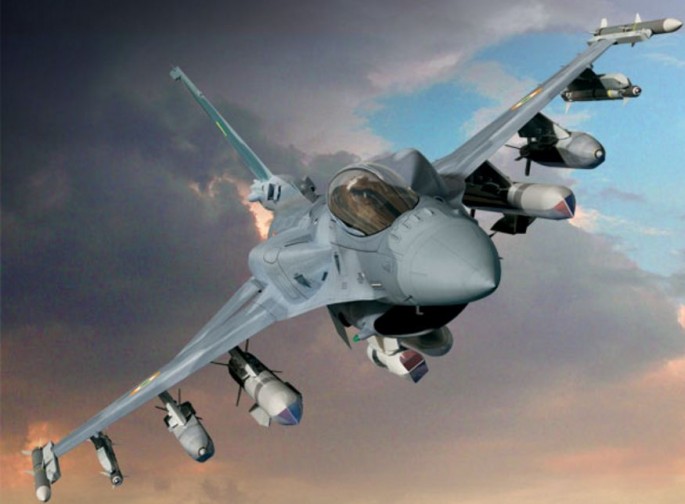U.S. military aerospace giants Lockheed Martin and Boeing have announced their intent to move the entire production line for their Boeing F/A-18 Super Hornets and the Lockheed Martin F-16 Fighting Falcon to India in an effort to continue production of these legacy jets.
The F-16 entered service with the U.S. Air Force in 1978 while the F-18 did so in 1999. Times and technologies have changed, however, and these fourth generation fighters are being replaced in service by the far more advanced stealth fighters, the Lockheed Martin F-22 Raptor and the Lockheed Martin F-35 Joint Strike Fighter.
The U.S. Air Force, Navy and Marines are phasing out the F-16, but other countries remain likely customers for this very popular fighter. The F/A-18 remains the premier frontline fighter for the Navy.
Moving to India where labor costs are much cheaper will allow both Lockheed Martin and Boeing to keep open the production lines and servicing for the F-16 and F/A-18. It's also part of a strategy to help both companies win the competition for India's multi-billion dollar search for a new fourth generation ++ fighter to replace its fleet of obsolete Russian-made jets.
Lockheed Martin and Boeing have made proposals to the Indian government to manufacture the F-16 and the F/A-18 Super Hornet in India, which seeks to modernize its fleet of air superiority and ground attack aircraft to take on the challenges presented by Pakistan and China.
In both cases, Lockheed Martin and Boeing plan to transfer their production facilities to India. Lockheed Martin proposes to move its entire F-16 assembly line from Texas to India, making India the sole producer of the F-16.
In October, the Indian government sent a letter to foreign aerospace manufacturers inquiring about single-engine fighter aircraft that could be manufactured locally. India wants to co-produce the fighter jets as part of its Make in India program.
The process of selecting the new jet, however, hasn't even begun, said India's Ministry of Defense.
Indian media says that even at this early stage, two fighters might well be the finalists for Indian Air Force's search for a fourth generation ++ fighter.
The favorites are the Lockheed Martin F-16IN Block 70 /72 that will be produced exclusively for India and in India by Lockheed Martin, and the Saab JAS-39 Gripen that lost out to Rafale in the MRCA competition.
Lockheed Martin has offered attractive incentives to India, saying it would move its F-16 manufacturing to India from Texas to produce the Indian F-16s. It claims the F-16IN will be the most sophisticated F-16 in the world.



























